Top 5: Dark parks for stargazing
As the impressive Perseids meteor shower reaches its radiant climax in mid-August, we’ve chosen five of the best destinations, each with designated ‘dark park’ status, to catch this year’s astrological show.
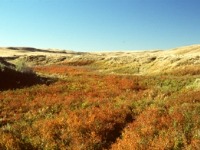 Explore the wilds as well as the night sky at Grasslands National Park
Explore the wilds as well as the night sky at Grasslands National ParkParks Canada / A. Cornellier
Grasslands National Park, Canada
Grasslands National Park is part of 2 million hectares (5 million acres) of natural parkland within Canada's Saskatchewan province. This idyllic haven for nature lovers, complete with expansive grasslands (hence the name), plentiful wildlife and sprawling forests, became a designated Dark Sky Preserve in 2005. Join enthusiasts this August as they put on the annual 'Summer Star Party', which allows astronomical experts to share their knowledge and experience with novice stargazers and to observe together what may be the best dark skies in North America.
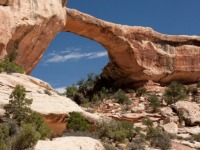 Drink in the canopy of stars in one of the USA's darkest parks.
Drink in the canopy of stars in one of the USA's darkest parks.iStockphoto/Thinkstock
Natural Bridges National Monument, USA
Settled in the expansive areas of Utah, Natural Bridges is world-renowned for its magnificent landscape of stream-carved bridges and concentration of Anasazi Native American ruins, but the site also boasts stunning starry night skies; so grab a rug and wait for a virtually unparalleled view of the Perseids shower. One of the darkest national parks in the USA, National Bridges became the world's first International Dark Sky Park in 2007 and, in an effort to preserve the splendour of the night-time views, the park has swapped normal light bulbs for more dark sky-friendly counterparts.
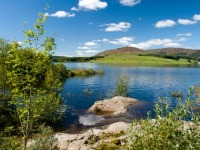 Enjoy the magnificent starscape in Galloway Forest Park (weather permitting of course!)
Enjoy the magnificent starscape in Galloway Forest Park (weather permitting of course!)iStockphoto/Thinkstock
Galloway Forest Park, Scotland
Galloway Forest Park features some of the most spectacular scenery Scotland has to offer. Brimming with magnificent flora and fauna, the park provides endless opportunities to mingle with nature as well as opportunities for cycling, hiking, fishing or simply meandering walks through the rambling woodland. Designated as the darkest Dark Sky Preserve in Europe (and the only official DSP in the UK), Galloway is a necessary stop for its starry nights alone. Keen astronomers can head to the Forest Park Observatory to experience some awe-inspiring astronomical wonders.
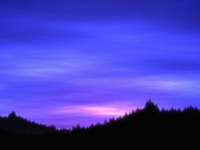 Catch a great view of the Milky Way at Hortobágy Starry-Sky Park
Catch a great view of the Milky Way at Hortobágy Starry-Sky ParkPhotodisc / Thinkstock
Hortobágy Starry-Sky Park, Hungary
Hortobágy National Park's 10,500 hectares (26,000 acres) of grassland provide a wondrous sanctuary for stargazers and nature lovers alike. The Hungarian park, comprised mainly of grass and boggy marshland, holds a place on UNESCO's World Heritage List and is home to at least 160 distinct species of birds. Night-time walks are available, which aim to educate the public on the effects of light pollution, while stunning views of The Milky Way Galaxy and the Zodiacal light are plainly visible with the naked eye from this official Dark Sky Preserve.
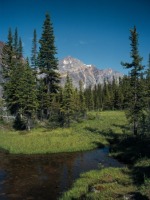 Spend the night stargazing amidst the Rocky Mountains at Jasper National Park
Spend the night stargazing amidst the Rocky Mountains at Jasper National ParkComstock / Thinkstock
Jasper National Park, Canada
Situated in the midst of the vast Alberta wilderness, Jasper National Park provides an ideal escape from urban life. The park is equipped with 1,000km (620 miles) of hiking trails and thousands of campsites to allow for night-long stargazing. Officially designated as a Dark Sky Preserve earlier this year, Jasper is Canada's 11th official DSP and is the world's largest. In celebration of this accolade, the park has introduced a variety of new dark sky related programs; so grab a sleeping bag, settle down among the stunning Rocky Mountain wilderness and enjoy the stellar show.
Do you have any Feedback about this page?
© 2025 Columbus Travel Media Ltd. All rights reserved. No part of this site may be reproduced without our written permission, click here for information on Columbus Content Solutions.









 You know where
You know where